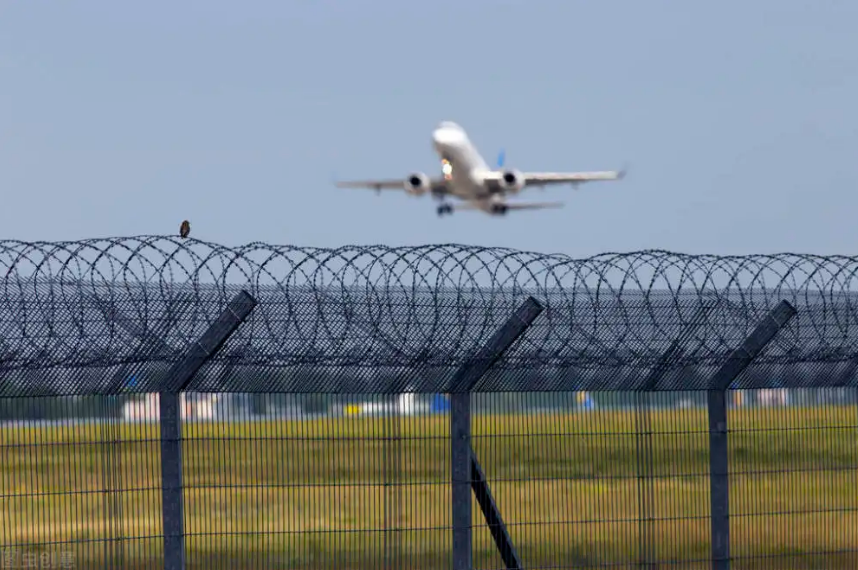Once you fill in this form, we will get in touch with you shortly, assess and solve your bird problem in the most effective way.
Once you fill in this form, we will get in touch with you shortly, assess and solve your bird problem in the most effective way.
Once you fill in this form, we will get in touch with you shortly, assess and solve your bird problem in the most effective way.
Once you fill in this form, we will get in touch with you shortly, assess and solve your bird problem in the most effective way.
May 09, 2022 View:
An airplane in flight can weigh hundreds of tons, but regular birds are usually under 1 kilogram. What would happen if the two met? Do birds have an impact on the massive aircraft? According to calculations, a 0.45 kg bird collided with a plane traveling at 800 kilometers per hour, producing an impact force of about 150 kg, which was enough to destroy the plane.

Airport bird damage refers to the collision of aircraft and birds over the airport or its adjacent areas. It is a disaster that has endangered flight safety since the advent of aircraft. At first, bird strikes only caused damage to the outer shell of the aircraft, and occasionally endangered pilots by smashing windshields. In the 1960s, after the turbojet engine replaced the piston propeller, the air intake of the engine would suck in the birds encountered, endangering the power structure of the aircraft, resulting in engine damage, flameout, and even fire and explosion, resulting in a major air disaster. During the Second World War, some people paid attention to the problem of anti-bird collision, but they mainly worked hard to improve the anti-collision performance of the aircraft. After several major bird strikes in the 1960s, the problem of bird damage has attracted widespread attention in developed countries. Some countries have successively established national bird strike committees and held international conferences to study countermeasures. In particular, the "European Bird Strike Committee" established in Paris in 1966.
Birds fly at a limited height, generally below 3,000 feet, and the plane descends to a height where it can hit the birds generally when it is just taking off or landing quickly. At this time, the speed is not very large, about 150 km/h. It's not a big problem to hit birds on solid parts like the head or wing roots. The bird strikes the aircraft mainly when it is just taking off or landing, and it is concentrated on the windshield, engine, leading edge of the nose and wing, etc. Among them, the windshield and the engine have the highest probability, and these parts are the weak and vital parts of the aircraft, so the consequences of being hit by a bird are very serious.
At present, airports are trying various airport bird scarers, such as ultrasonic bird repellent, chemical bird repellent and even shooting bird. Due to the large area of the airport, the effect of a single method is minimal. In recent years, green laser bird deterrent has become a new trend in airport bird control work. It is used by many airports because of its wide coverage, high bird repelling efficiency, and flexible use of multiple models. For more information click: Automatic airport laser bird deterrent system and Handheld airport laser bird deterrent system
© Laser Deterrent Technology Company (www.laserdeterrent.com) 2022 | Sitemap